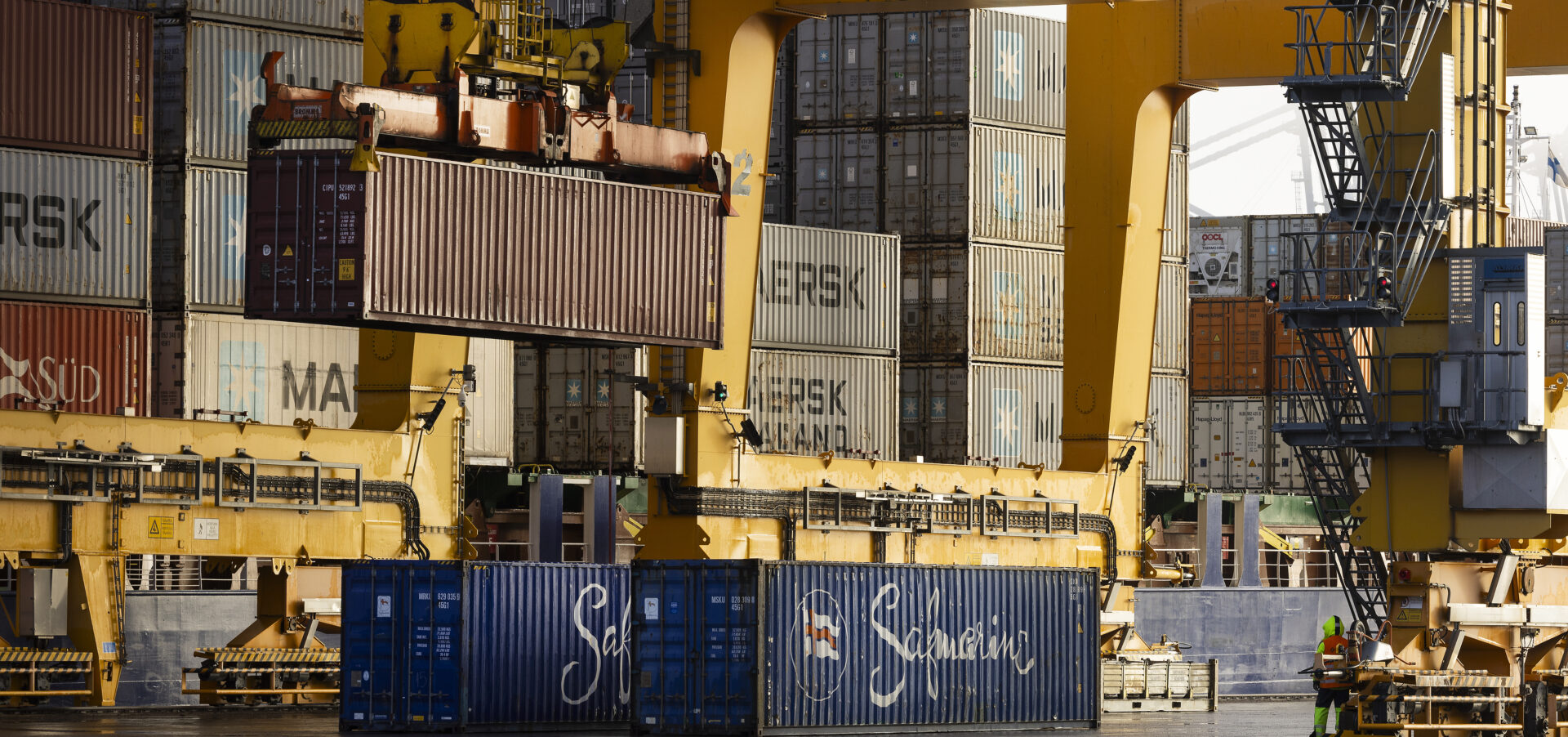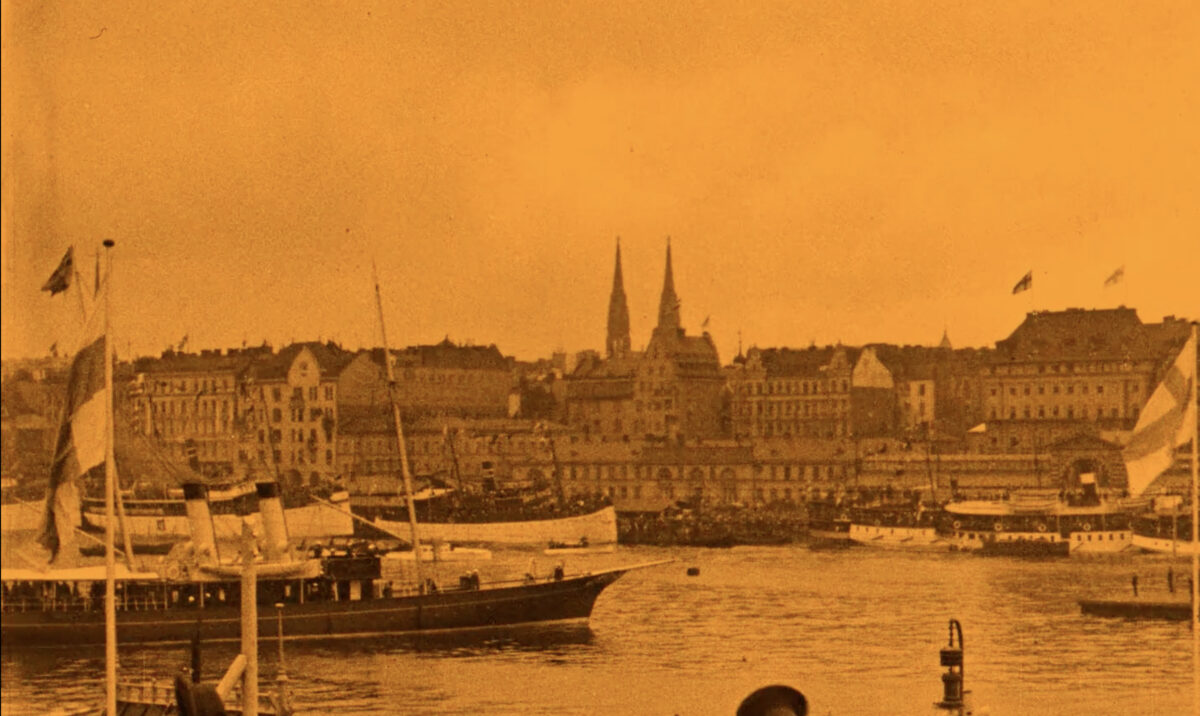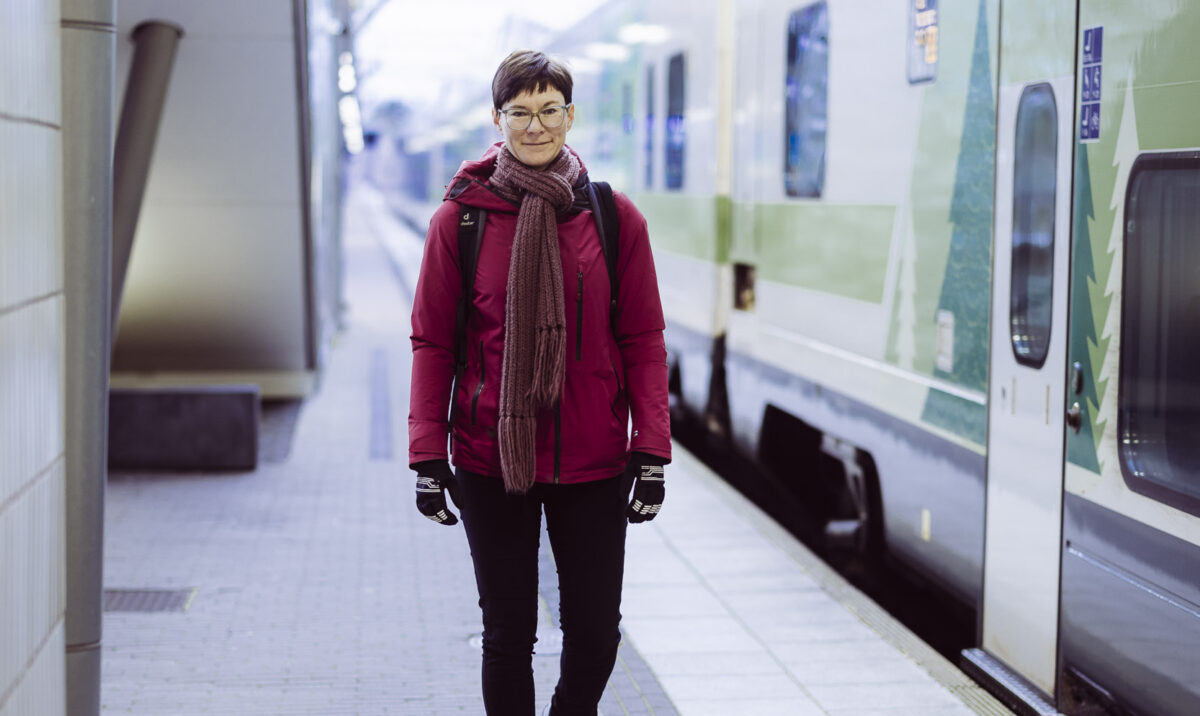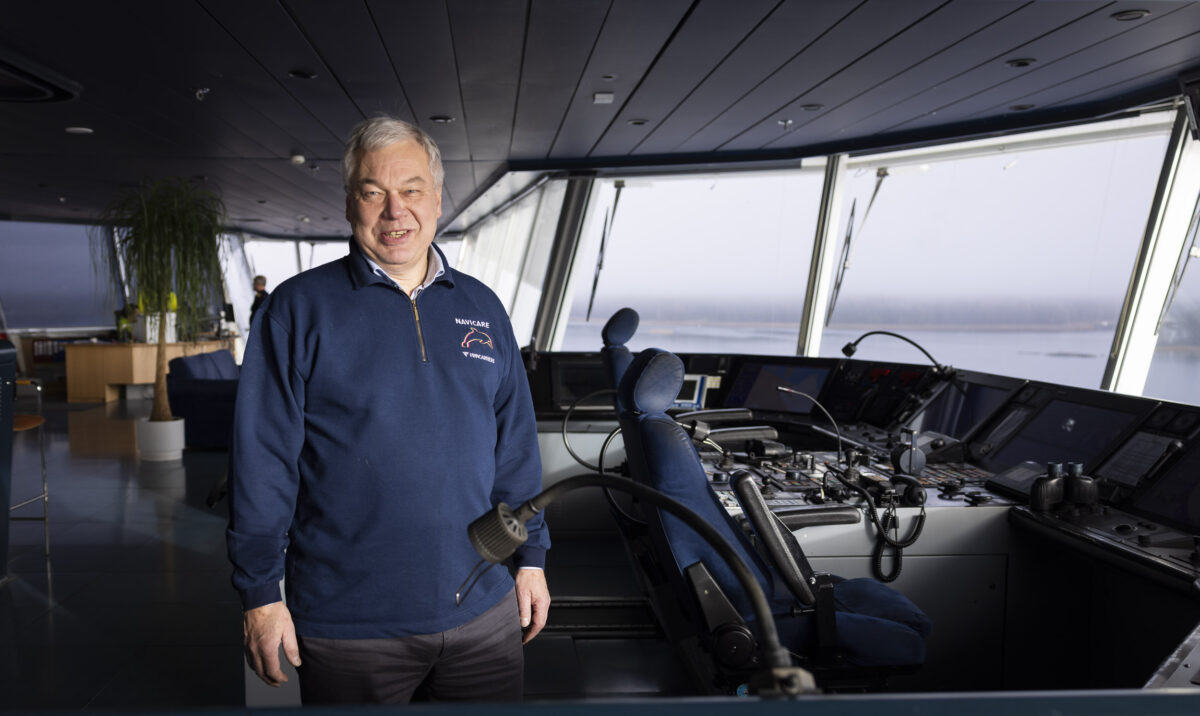
Shipments have also decreased in Finland
Imports based on consumer demand protect the Port of Helsinki from market cycles. Imports ensure that there are enough containers and trailers for exporting non-bulk cargo, which is both cost-effective and environmentally friendly.
The global cargo market has weakened as a result of the economic downturn, and shipments have also decreased in Finland.
“Strong consumer-driven imports protect us. People must still meet their basic needs, although they may do so with slightly cheaper products. When you replace fillet steak with gammon, they still need to be shipped,” says Vesa Marttinen, Vice President of Cargo at the Port of Helsinki.
He says that consumer demand has waned for products that are unrelated to everyday consumption, such as construction materials and other capital goods.
This is being reflected in the Port of Helsinki’s growing market share. Helsinki’s market share of Finland’s container traffic is about 50 per cent of imports and 30 per cent of exports. Yet the flow of containers in and out of Helsinki is balanced, as there are also Finnish ports that export more containers than they import. Empty containers are therefore sent to them to enable this.
“We’re a balanced export and import port for unitised cargo, which is beneficial in a diving market,” says Marttinen.
The Port of Helsinki has increased its share of roll-on/roll-off cargo (RoRo) by a tenth since the beginning of 2021. The port’s market share of both exports and imports was just under 50 per cent in Q1/2021 compared to more than 55 per cent in Q3 this year.
Balanced container flows
Having a balanced economic structure for imports has enabled the port to provide containerisation to export companies as a cost-effective service.
“The containerisation of hundreds of thousands of containers is a major function of the Vuosaari logistics area. That is, goods are exported in the same containers that were used to import goods into Finland. The containers head out into the world again.”
Containerisation services are also offered at other ports, but at higher prices, as empty containers must first be shipped to them. Containerisation rarely occurs at industrial plants for the same reason. In addition to generating costs, the shipping of empty containers causes emissions without actually transporting anything.
“The cost of the space required for containerisation would be cheaper outside the capital city area, but getting the containers there would cost more than the savings you’d make on premises,” says Marttinen.
However, he thinks that a return can be made to combined transport in the future, that is, when ready-loaded containers arrive at the port by rail.
“There used to be a combined transport train that ran from Oulu to Pasila. They’re quite a big thing around the world. I wouldn’t rule out their introduction here.”
Unitised cargo shipped in trailers and containers is worth more in monetary terms than bulk cargo. Helsinki is Finland’s most significant import port in terms of cargo value.
Ships continue to increase in size
Statistics on cargo are not compiled according to its use. So statistics will not directly show how the green transition has changed the composition of cargo. Out of the Port of Helsinki’s operating locations, the change is most evident in Loviisa, which has become an important port for energy fractions. A lot of recycled products and biofuels enter Finland through Loviisa.
“When it comes to the green transition, the port’s own operations are already largely carbon neutral and the next step will be port operations as a whole. The port’s role in this will be to ensure that new propulsion systems are available to operators in the port area.
However, the need to expand Vuosaari Harbour has nothing to do with future fuels – it is due to the increased volume of rail and maritime traffic in the harbour. Ships have significantly increased in size in recent years, and this applies to other types of vessels in addition to container ships. Marttinen sees no reason for this growth to stop.
“The increase in ship size and traffic volumes means that we’ll have to deal with even greater spikes in cargo flows in the future. Vuosaari Harbour’s logistics area is located between a nature reserve and a golf course, but although more efficient use of space is being made, it’s not enough. We still need more space.”





